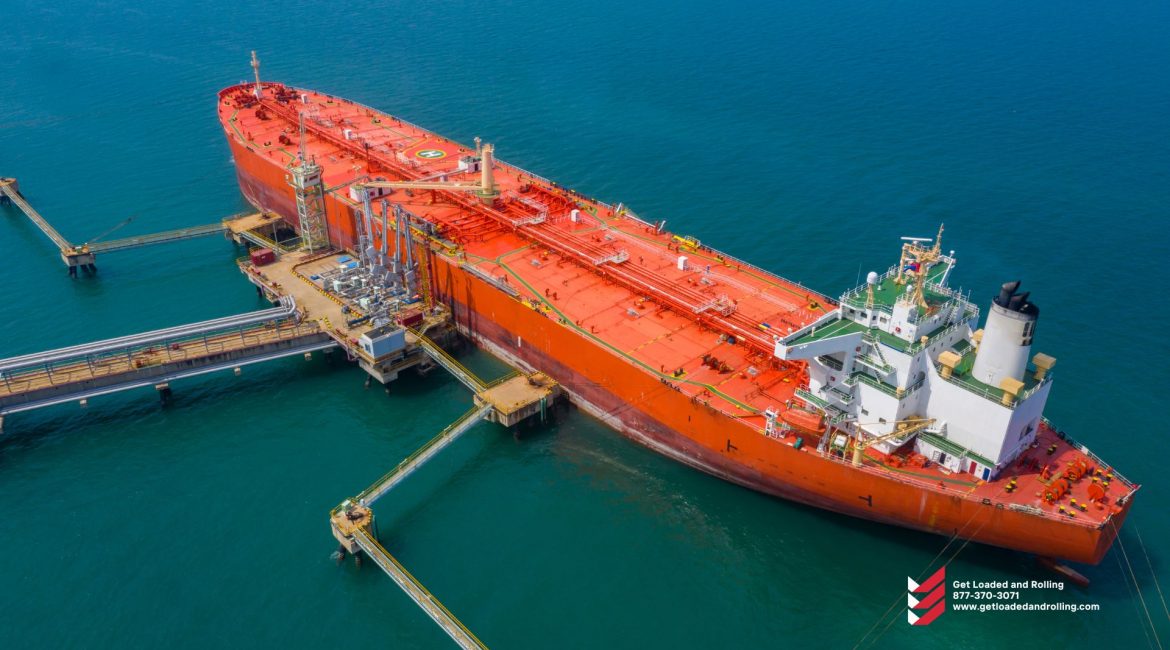Shipping of fossil fuels is increasing and shows no signs of slowing. Some very large gas carriers (VLGCs) now charge over $100,000 daily. Liquified natural gas (LNG) carriers surpassed the six-digit mark several months ago. The most fuel-efficient, very large crude carriers (VLCCs) have also passed that mark.
When commodity shipping spot indexes cross from five to six figures, sentiment improves, as it feels more ominous when the Dow drops 1,000 points rather than 900 points.
This boost in sentiment comes even though most ships on the water loaded cargo weeks — in some cases, many weeks — ago when rates were in the five digits. Significant changes in spot indexes are not reflected in commodity shipping earnings reports until the following quarter.
Rates for VLGC have ‘increased dramatically.’
VLGCs transport liquefied petroleum gas (LGP), such as propane and butane. The highest-volume trades are between the United States and Asia, with flows to Europe becoming increasingly important.
Clarksons Securities estimated the average spot rate for US-Europe VLGC voyages at $103,000 daily on Monday, up 63% monthly. (Vessel owners are paid in dollars per ton of cargo, which is then converted into a day rate by index providers and analysts based on assumptions about fuel costs and other factors.)
Clarksons estimates the global VLGC average to be $93,700 daily, a 65% increase monthly. VLGCs with exhaust gas scrubbers, which can burn less expensive high-sulfur fuel oil, earn a $10,000 per day premium (because day-rate assessments are net of fuel costs). The average global spot-rate assessment for scrubber-equipped VLGCs now exceeds six figures.
As with crude and product tankers and LNG carriers, the Ukraine-Russia conflict is driving up VLGC rates.
During a conference call on Wednesday, John Hadjipateras, CEO of VLGC owner Dorian LPG (NYSE: LPG), explained, “In Europe, there is some substitution of LPG for LNG.” The company also noted in its quarterly release that Russian exports to Europe have been “subdued” and are being replaced by European imports from the United States. Gulf.
During the call, Dorian’s chief commercial officer, Tim Hansen, stated that “demand in Europe, due to the unfortunate war in Ukraine, is helping our markets.”
LPG demand is also high in Asia. According to Clarksons Securities analyst Frode Mrkedal, “the VLGC market in the West increased dramatically last week.” Rates skyrocketed due to high cargo levels and a tonnage shortage. The surge has been aided by a widening US-Asian propane arbitrage and a seasonal increase in LPG demand.”
VLCC fares continue to rise.
Clarksons’ VLCC index includes standard crude tankers and those with more fuel-efficient “eco” designs and exhaust-gas scrubbers.
Clarksons estimated the average spot rate for an eco-design, scrubber-equipped VLCC at $101,600 per day as of Monday, up 66% month on month. The global weighted average for all VLCC types was set at $90,800 per day.
Rates for VLCCs and other tanker segments have risen even before the EU ban on Russian crude imports, which takes effect on December 5.
“Although it is still unclear how the actual embargo will play out,” Mrkedal says, “it will inevitably result in longer voyage distances.” “The future appears to be extremely promising for tanker owners,” he said, adding that VLCC resale prices are increasing “week after week.”
“Asset value momentum appears to be accelerating,” said Stifel analyst Ben Nolan, “tanker rates are likely to move higher with sanctions, and the order book of new tankers remains extremely thin.” So asset values… could and probably will continue to rise, leaving room for a similar acceleration in… share prices. As a result, we believe there is still some fire to go along with the smoke.”
LNG shipping rates are breaking new ground.
LNG shipping spot rates have soared far above other commodity shipping categories, thanks to the surge in LNG commodity prices that began in the war and the limited number of available spot LNG ships.
In mid-September, average spot rates for benchmark tri-fuel, diesel-engine (TFDE) LNG carriers surpassed $100,000 per day for the first time. Clarksons’ rates for TFDE vessels were $455,000 daily as of Monday. This is up 37% month on month and represents the highest spot-rate average in history for any commodity shipping category.
However, the LNG shipping market is a prime example of the disparity between spot-rate indexes and shipowner earnings. The LNG vessel spot market is extremely thin. Most LNG carriers are on contract rates that are significantly lower — but still highly profitable.
